Yoneshima Felt Co.,Ltd.,
- 日本語
- English
About FELT
The History of Felt
- Company Information
- Qingdao Factory
- About Felt
- Career Information
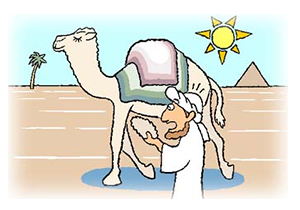
One of the legends tells of a time long ago—a time before footwear. A barefoot priest was walking with his camel in the desert, and he became unable to continue because of the extreme heat of the sand. The priest suddenly had the idea of plucking hair from the camel and winding it around his feet to protect them from the heat. The priest continued walking and, when the sun finally went down and he removed his makeshift shoes, he discovered the camel hair under the soles of his feet had become compacted. The sweat from his skin, the pressure of his body weight, and the desert heat caused the camel hair to become entangled and compacted into a flat sheet—it was felt.
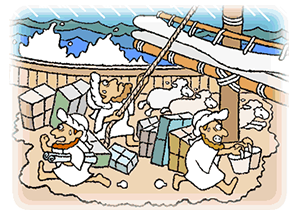
Another legend has ties to the tale of Noah and the ark. It says that when Noah learned of the impending flood and built the big ark, he laid sheepskins on the floor for the comfort of passengers and to hold their possessions and the livestock brought aboard for food. The weather was tumultuous, sailing was rough, and rainwater seeped into the ark. All the people and livestock lurched to and fro for much of the journey, and the heat build-up was terrific. The sheepskins absorbed the heat and moisture, and were pummeled underfoot, and soon became sheets of felt.
These tales give a general idea of what felt is and how it is made. The legends themselves may not necessarily be true, but they are fun stories that hark back to heady days gone by. In Japan, the earliest record of felt is a gift from China to Shosoin, the country’s great treasure house, in the Nara Period (710–794). Felt saddlecloths were one of the most prized spoils of the Russo-Japanese War (1904–1905), and proved valuable in subsequent military use.
Pressing Felt
The manufacturing process of pressed felt is quite long and intricate
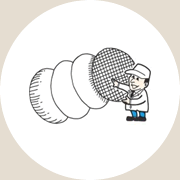
1.Raw wool
Felt is made from fresh wool, noil, and recycled material.
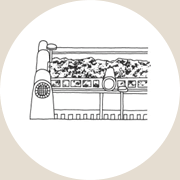
2. Washing
The wool is washed to clean away any oil and dirt.
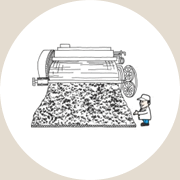
3. Felting machine
Recycled fibers are run through a felting machine to reconstitute them into a fibrous mass.

4. Mixing
Raw wool is added in the appropriate mix proportions to achieve the level of quality required for the product.
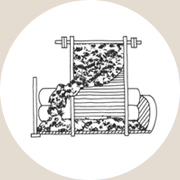
5. Carding
In this process, raw wool is disentangled and thoroughly combed using a spinning machine, then lapped into a thin batt.
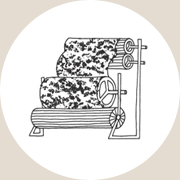
6. Winding
A winding machine is used to wind the material while adjusting the batt to the required thickness.
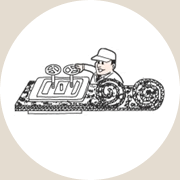
7. Steaming
The batts are layered and then pressed using a steam table that compresses the material with steam and vibration.
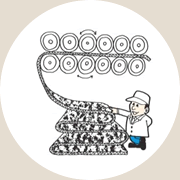
8. Fulling
A soap solution or acid is applied to the material, which is then fed into a fulling machine, where it is compressed to the required degree of thickness and rigidity.
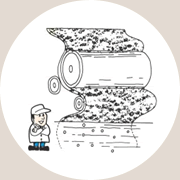
9. Washing
The felt is washed to clean away the oil and acid from the preceding processes, and then drained.
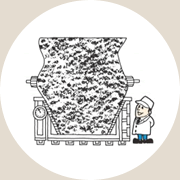
10. Drying
The material is dried, during which time it is stretched to the appropriate width.
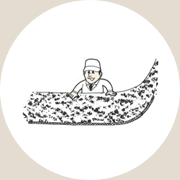
11. Dusting
Any remaining dust and dirt on the surface is removed.
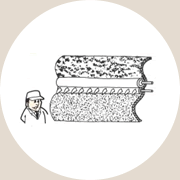
12. Trimming
The felt is fed into a trimmer where any napping is removed.
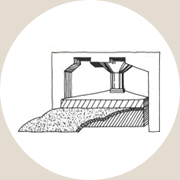
13. Pressing
The felt is pressed using a hot iron to achieve the desired thickness and a smooth surface on both sides.
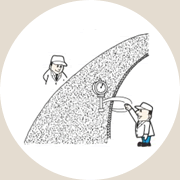
14. Inspection
The felt is checked to make sure it complies with thickness, rigidity, and appearance requirements.
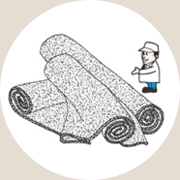
15. Wrapping and shipping
Finally, the felt is carefully wrapped and packed ready for shipping.